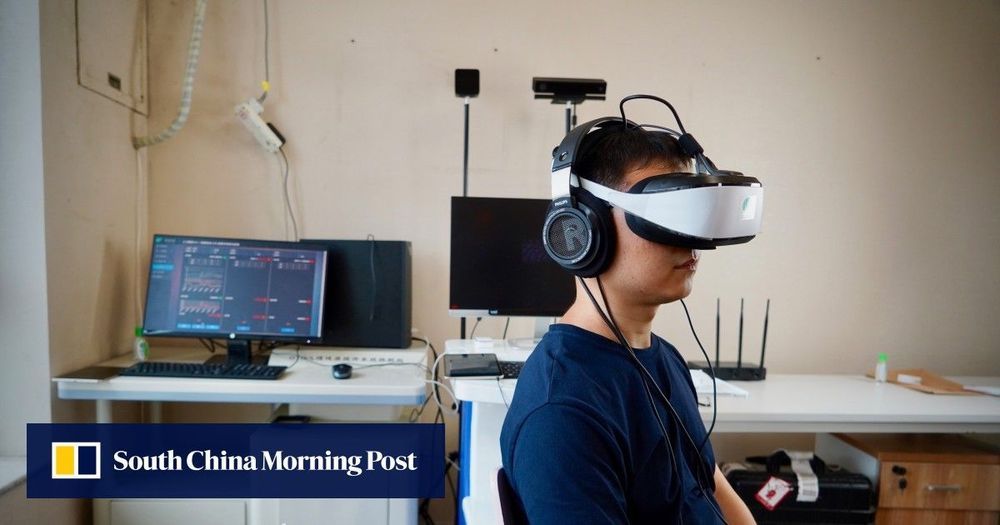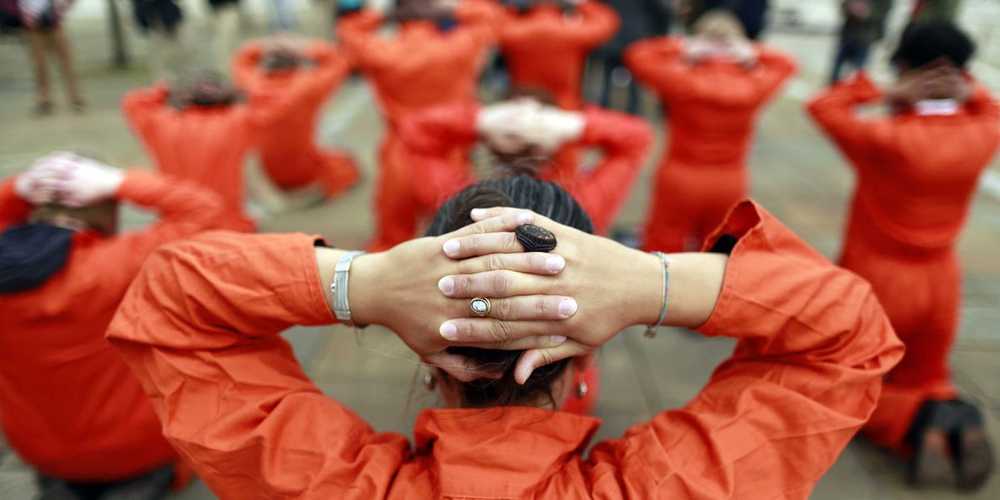“Almost 21 million Americans have at least one addiction, yet only 10% of them receive treatment. Drug overdose deaths have more than tripled since 1990. From 1999 to 2017, more than 700,000 Americans died from overdosing on a drug. Alcohol and drug addiction cost the U.S. economy over $600 billion every year.”
Addiction is more common than many realize. Millions of Americans of all walks of life struggle with drug and alcohol addiction every day.






